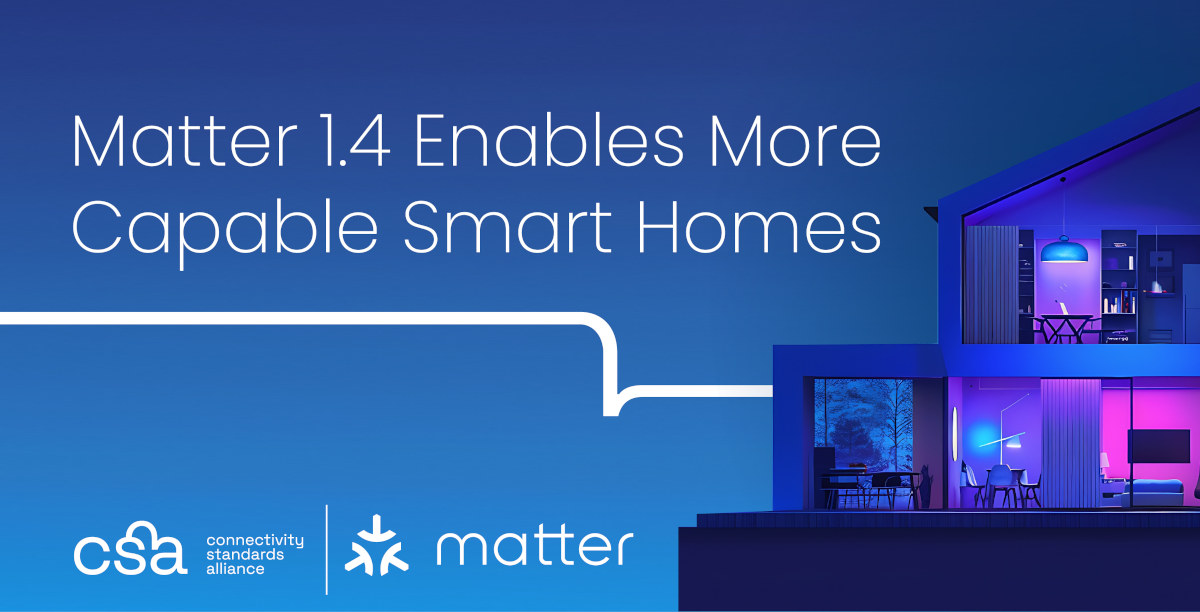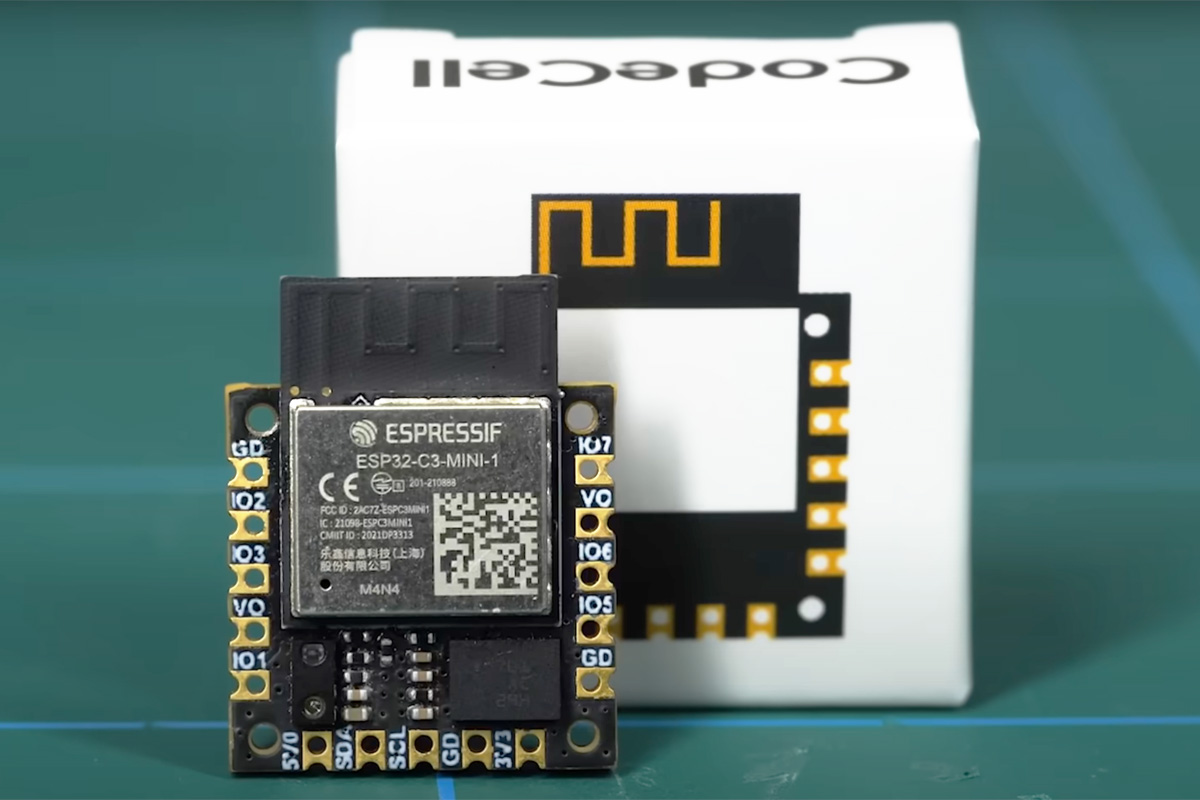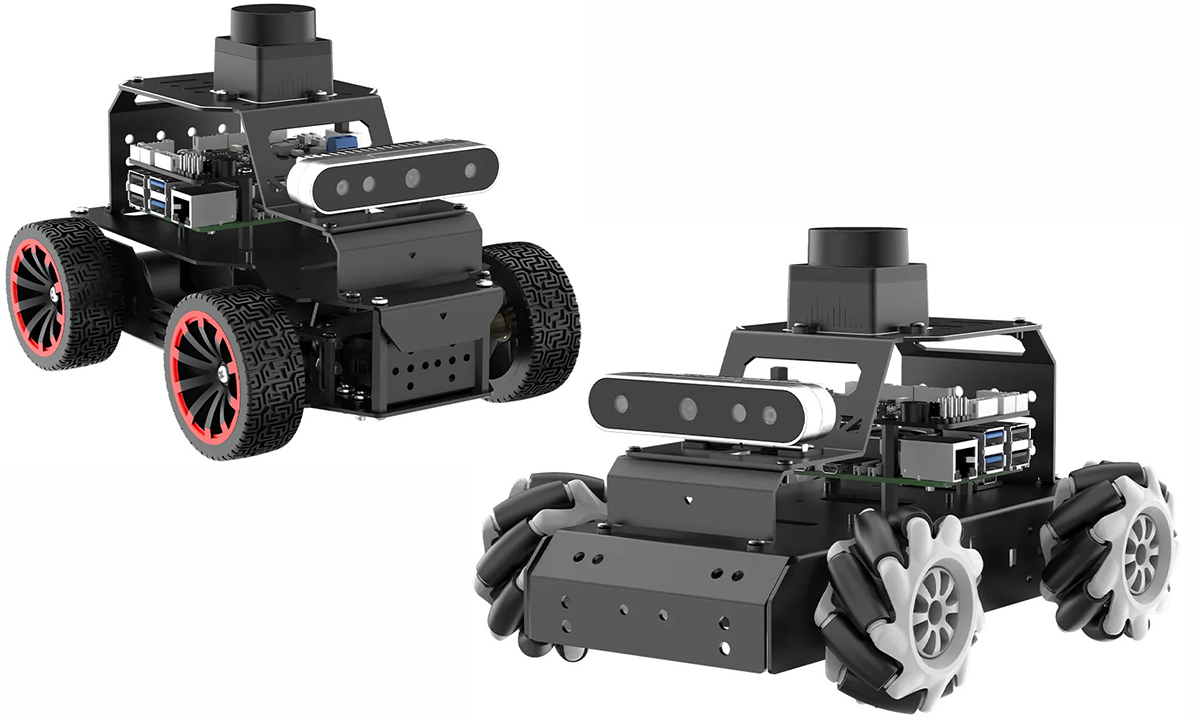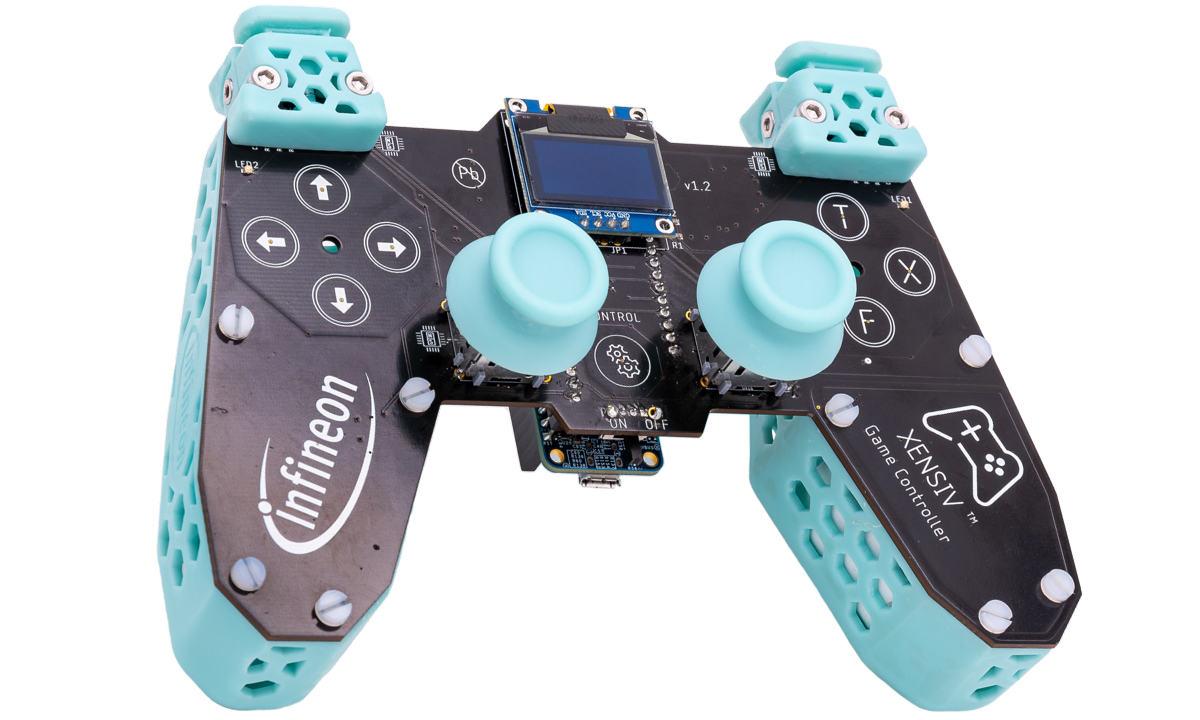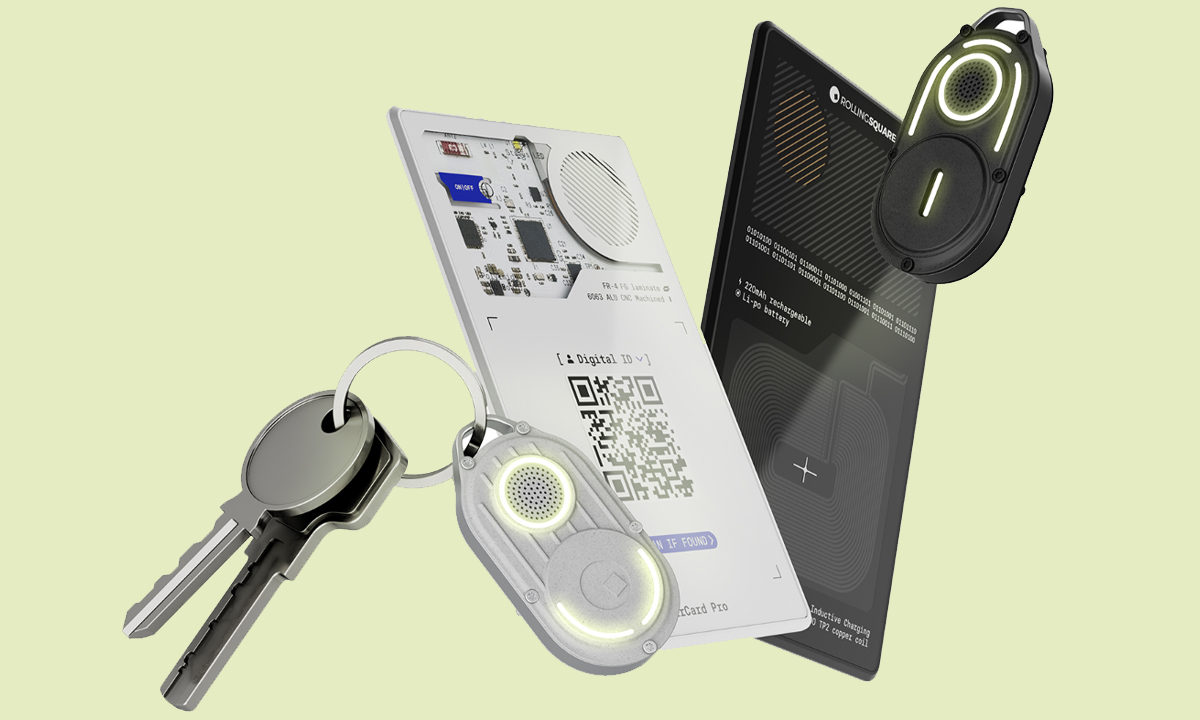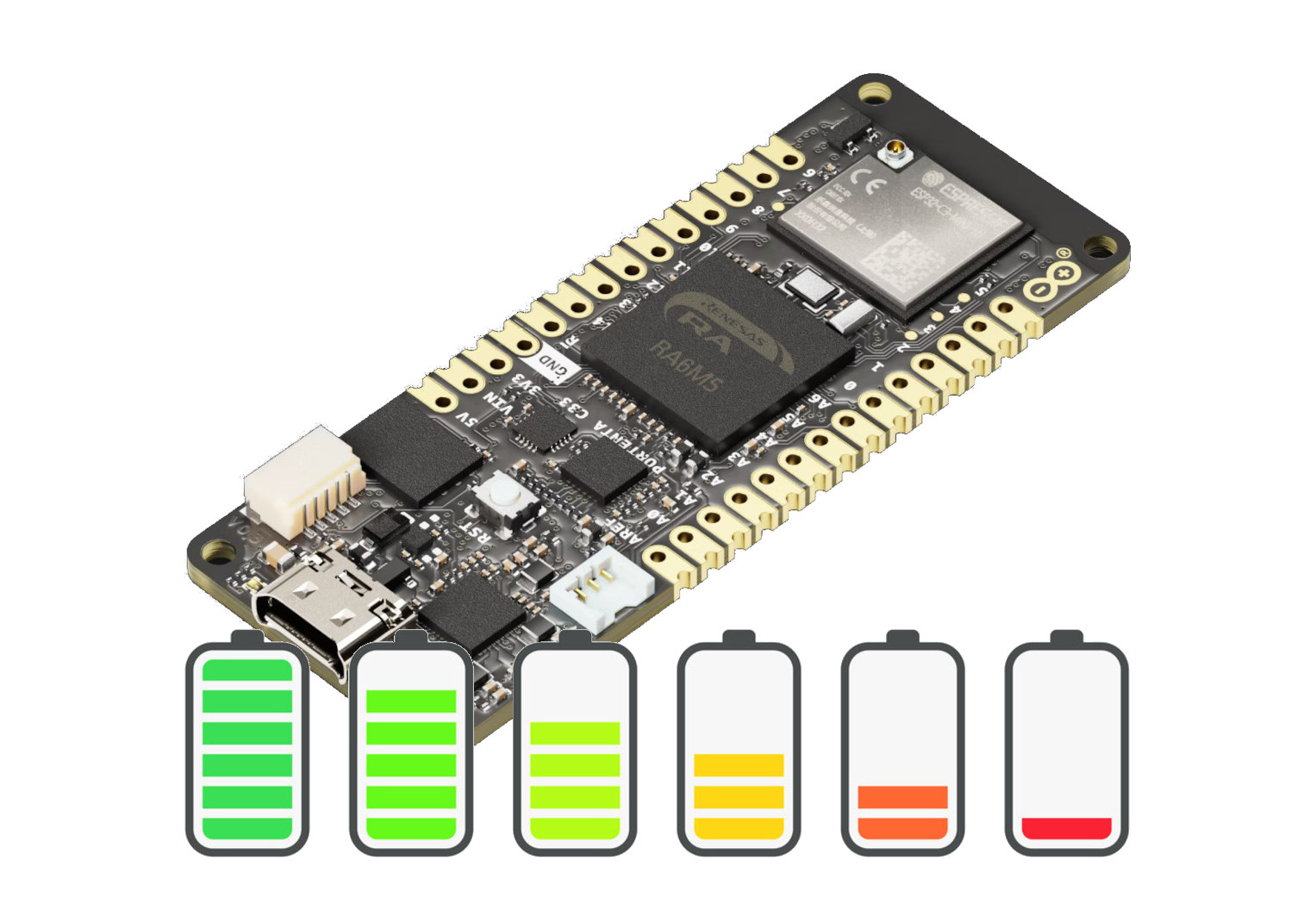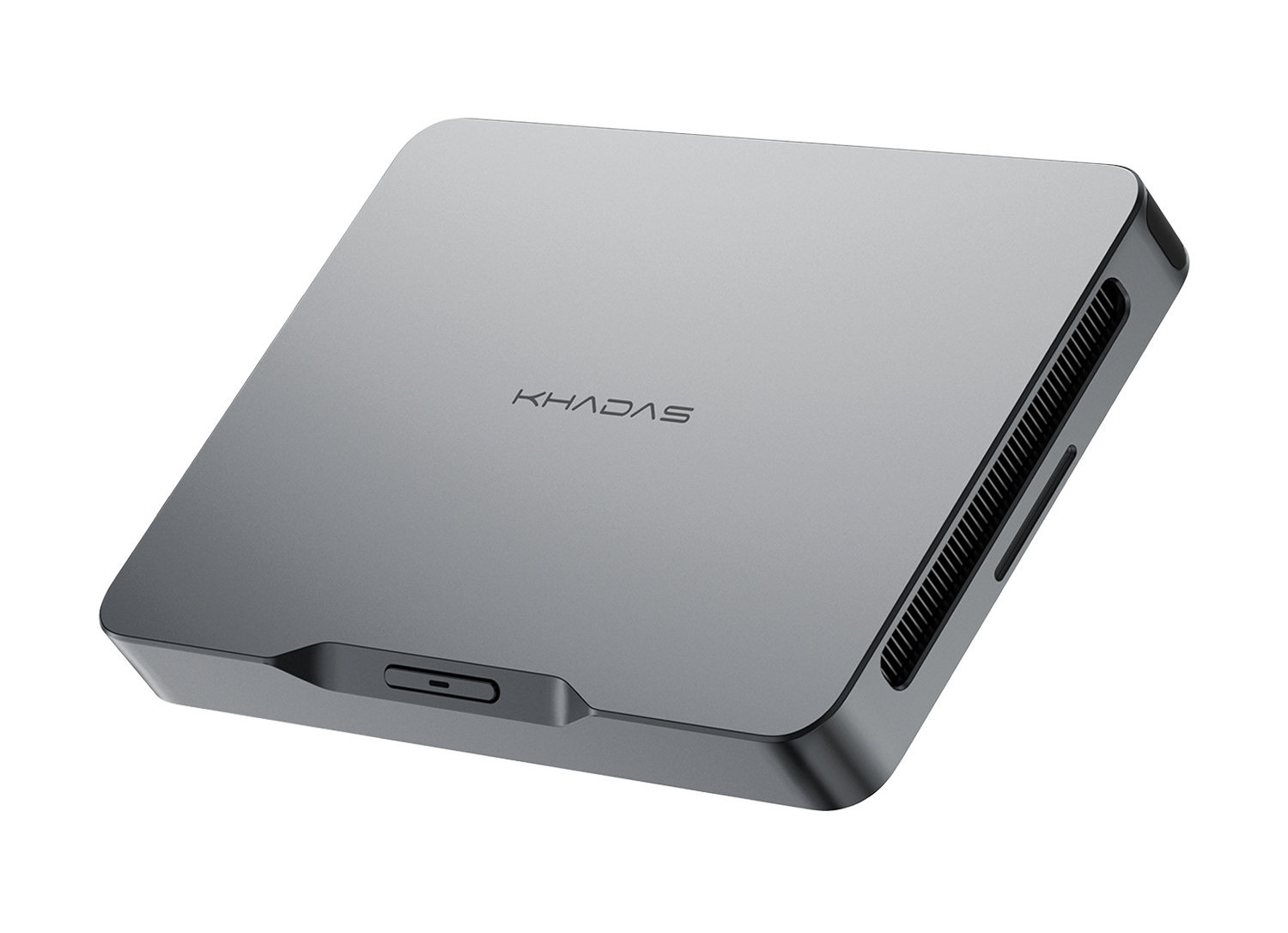Silicon Labs SiWG917Y and SiWN917Y are pre-certified, ultra-low power 2.4 GHz WiFi 6 and Bluetooth Low Energy (LE) 5.4 modules made as an extension of the Wireless Gecko Series 2 Arm Cortex-M33 microcontroller family and designed for IoT applications such as Smart Home devices, building automation solutions, healthcare devices, industrial sensors, and asset trackers. The SiWG917Y module is used as a standalone solution where all application code runs on an Arm Cortex-M4 core, and the SiWN917Y module is designed as a Network Co-processor so customers can execute their application on a separate MCU while the wireless module manages WiFi 6 and BLE 5.4. Silicon Labs SiWx917Y modules specifications: Microcontroller MCU Arm Cortex-M4F application core up to 180 MHz (225 DMIPS performance) Arm Cortex-M4 network wireless processor running up to 160 MHz, Accelerators – Integrated FPU, MPU, NVIC, Matrix vector processor (MVP) Memory 672 KB embedded SRAM shared by Cortex-M4 and […]
Matter 1.4 specification improves multi-admin and energy management, adds new devices like solar panels, batteries, and water heaters
We covered the Matter 1.3 specification in May 2024, but the Connectivity Standards Alliance is wasting no time and the Matter 1.4 specification is already out with features and improvements such as “Enhanced Multi-Admin”, Matter certifiable Home Routers and Access Points, energy management enhancements, and several new device types such as solar power equipment and batteries. Matter has been deployed in millions of Smart Home products in just a few years and aims to enable interoperability between devices from multiple vendors. Paisit reviewed a few Matter products from SONOFF including the MINIR4M Smart Switch, SONOFF Zigbee Bridge Ultra, and SwitchMan M5 Matter wall switch, and while Matter interoperability is working since devices can be controlled from Matter-compatible apps (e.g. Apple Home), users do lose some features found in the “native” app such as eWelink in the case of SONOFF devices. Matter 1.4 key improvements and new features: Home Routers and […]
CodeCell is a ESP32-C3 mini development board for robots, wearables, smart home projects
Engineer and YouTuber Carl Bugeja recently developed CodeCell, a tiny ESP32-C3 development board designed as the brain for robots, wearables, and smart home devices. This module features a nine-axis inertial measurement unit (IMU) for motion fusion and an optional VCNL4040 light sensor. It includes a USB Type-C port for data and power as well as a lithium-polymer battery with a charging circuit. Measuring just 18.5 x 18.5mm this compact board is even smaller than other tiny ESP32 development boards such as Waveshare’s ESP32-S3-Zero and Seeed Studio’s XIAO ESP32S3. However, the Epi C3 is smaller at 23 x 12.75 mm, and so are the Unexpected Maker NANOS3 (25 x 10 mm) and Unexpected Maker OMGS3 (28 x 11 mm). CodeCel ESP32-C3 mini development board specification Microcontroller – ESP32-C3 RISC-V MCU 160MHz 32-bit RISC-V processor core 400kB SRAM, 4MB flash storage Wi-Fi 4 and Bluetooth Low Energy (BLE) connectivity Sensors Vishay VCNL4040 light […]
MentorPi is a ROS2-compatible, Raspberry Pi 5-based robot car with Mecanum or Ackermann chassis
MentorPi is a ROS2-compatible robot car powered by the Raspberry Pi 5, designed for AI-driven robotics and Python programming. It offers two chassis options: MentorPi-M1, which features a Mecanum-wheel chassis, and MentorPi-A1, equipped with an Ackermann chassis. Both variants come with high-performance components such as closed-loop encoder motors, STL-19P TOF lidar, 3D depth cameras, and high-torque servos. These enable precise navigation, SLAM mapping, path planning, and dynamic obstacle avoidance, making MentorPi an ideal platform for robotics tasks. The system utilizes a dual-controller architecture to optimize performance. The Raspberry Pi 5 handles AI vision processing and strategic functions, while Hiwonder’s RRC Lite expansion board manages motion control and sensor data processing. This task distribution enhances efficiency in machine vision, AI-powered navigation, and robotic control, allowing MentorPi to tackle complex AI and vision-based applications with ease. MentorPi also supports advanced features like 3D visual mapping and YOLOv5-based object detection for recognizing road […]
Infineon XENSIV game controller features PSoC 6 MCU, magnetic sensors, and OPTIGA Trust M security
Infineon Technologies XENSIV game controller is a reference design that integrates XENSIV magnetic position sensors for precise joystick control without sensor drift and XENSIV Hall switch triggers for reliable operation. The controller also features capacitive CAPSENSE buttons, CAPSENSE presence detection, and a SPIDER+ rumble driver. These components work together with the PSoC 6 BLE microcontroller to create a low-power, plug-and-play solution. The onboard display allows users to monitor joystick movements, connection status, configurations, and battery information. The controller connects to PCs or smartphones as a USB human interface device (HID) without requiring manual configuration or driver installation. It also supports Bluetooth Low Energy and uses capacitive presence detection to optimize battery life. The design includes a PSoC 6 debugger and supports customizable shields providing flexibility for software and hardware integration. Previously, we covered an Arduino Nano Matter-powered game controller that successfully ported Quake, a popular first-person shooter game. We’ve also […]
AirCard Pro and AirNotch Pro Bluetooth trackers support Google/Apple network integration (Crowdfunding)
Rolling Square introduces its latest Bluetooth trackers – AirNotch Pro and AirCard Pro – designed for use with personal items like keys, wallets, bags, and more. Both trackers are designed for portability, and the AirNotch Pro is designed as a keyring, while the AirCard Pro suits wallets with a thinner, credit card-like design. The products integrate into Apple and Google’s tracking networks, with some features currently limited to Apple. Previously, we covered the SenseCAP T1000, a credit card-sized LoRaWAN GPS tracker powered by Semtech’s LR1110. Several years ago we covered some Bluetooth beacons such as the Puck.js or RuuviTag, but we have yet to explore Bluetooth-only trackers with wireless charging capabilities. Rolling Square AirCard Pro Bluetooth trackers AirCard Pro technical features: Network White version – Operates on Google’s Android Find My Device network (Android 6 or above) Black version – Operates on Apple Find My network (iOS 14 or above) […]
Arduino releases a power management library for Arduino Pro modules to optimize power consumption
Arduino has released a new power management library designed for Arduino Pro modules to help users monitor battery usage, fine-tune charging parameters, and optimize the power consumption of their Arduino code by notably enabling sleep and standby modes on supported devices. Currently, the Arduino Portenta H7 boards, the Arduino Portenta C33, and the Nicla Vision module are supported by the new power management library. The company explains some boards consume under 100 microamperes in deep sleep mode enabling months or even years of continuous runtime on a single charge, so making use of those features is important to lower the power consumption of battery-powered IoT devices and wearables. Arduino power management library key features: Battery monitoring – Reports battery metrics such as voltage, current, percentage, and temperature. Battery health tracking – Monitors battery health with detailed insights into temperature and reported capacity. Charging control – Monitors and adjusts charging parameters […]
Khadas Mind 2 portable mini PC gets Intel Core Ultra 5 125H or Ultra 7 155H update, USB4 and Thunderbolt 4 interfaces
Khadas Mind 2 is an update to the Raptor Lake-powered Khadas Mind portable mini PC offered with either an Intel Core Ultra 5 125H or Core Ultra 155H Meteor Lake processor. It ships with up to 64GB LPDDR5, PCIe 4.0 storage, and adds Thunderbolt 4 and USB4 interfaces that were missing from the first model. We reviewed the original Khadas Mind Premium with both Windows 11 and Ubuntu 22.04, and its dock, and it was indeed a pretty cool, albeit pricey, device with features like a small built-in battery to move the computer from one room to another without turning it off, and the Mind Link interface enabling connecting to the Khadas Dock for extra peripherals, the Mind Graphics for higher-end graphics, and more. Limitations included the lack of USB4 and 2.5GbE ports and the Khadas Link was limited to 64GT/s, but the second generation model addresses most of these […]


